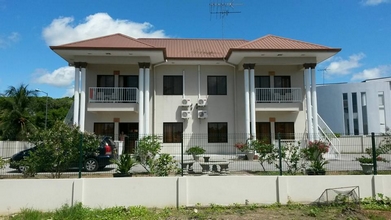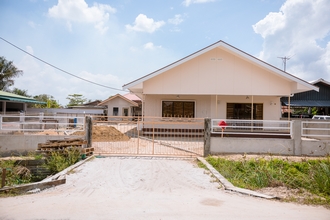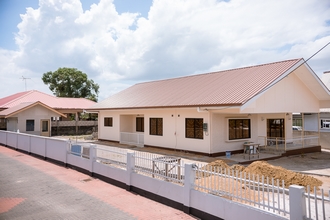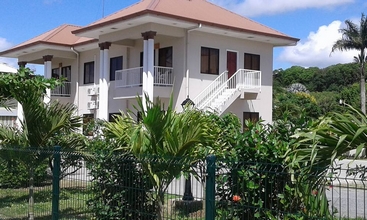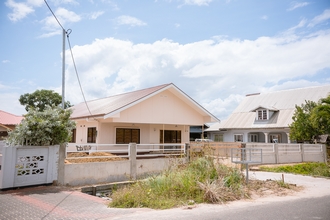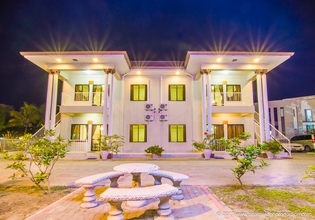|
Suriname is officially called the Republic of Suriname, a country that lies on the northeast coast of South America. The country borders are French Guiana, Brazil, Guyana ( formerly British Guiana ), and the Atlantic Ocean. Suriname has a tropical rainforest climate, with a large and small rainy season and two dry seasons. The temperature fluctuates between 24 and 36 degrees Celsius. During the rainy season the average temperature is 27.3 degrees, while during the dry season, rising to 32 degrees Celsius. In the morning the temperature rises gradually from about 24 degrees to 32-34 degrees ( 2:00 p.m. to 16:00 h. ) and then go down to 24 degrees (4:00 - 06:00) gradually again.
Suriname has several populations from which the Creoles, Javanese, Hindustani and Chinese are among the largest groups. There is a small group of Lebanese, Indians (natives), Jews and Boeroes. Despite the variety in the population, they all live peacefully with each other and Suriname is the only country in the world where a mosque and a synagogue stand side by side in harmony and they are very proud of it. Suriname has a great variety of flora and fauna. The vast majority of Suriname, about 80 % is covered by forest. This forest is part of the largest tropical rainforest on earth, the Amazon Rainforest, the majority of which is located in Brazilian territory. The interior of Suriname is therefore a popular study destination for biologists from around the world. Numerous species of birds, reptiles and mammals inhabit these forests and coastline. An example are the turtles on the beach at Galibi, where special populations of turtles occure. These are called by the locals Aitkanti. This is the leatherback turtle, the most common turtle, alongside a number of other species.
Other topics in Suriname include the endangered and protected jaguar, sloth, the giant anteater, the caiman (including in Bigi Pan and Nickerie), the squirrel monkey, the howler monkey, the tapir (including at Kabalebo) and the scarlet ibis (especially in Bigi Pan and Nickerie). Regularly jaguars are slain. This animal is more and more common in urban areas, driven from its own habitat by human activities. The killing of the jaguar is illegal, but is rarely taken against the hunters. In 2005, Suriname became worldnews, when in eastern Suriname approximately 25 new species were discovered ( Nassau and Lely Mountains). The official language is Dutch. Sranan Tongo is the national language. Each ethnic group speaks its own language. In addition, English is understood and spoken by virtually everyone. You pay with the Surinamese dollar also called SRD. Although you can pay at some companies with the U.S. Dollar or Euro�s. Money can be exchanged at the many (drive through) cambio�s on the street. Tapwater in Leydorp is tasty and drinkable. Good quality bottled water from Surinamese ground is available everywhere . To enter Suriname you need to buy a touristcard. You can buy this at Schiphol Airport in Amsterdam and/or at the Johan Adolf Pengel Airport in Paramaribo.
|

